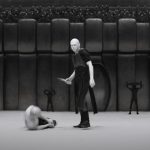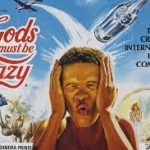Polaroid
- fanmovies
- November 5, 2024
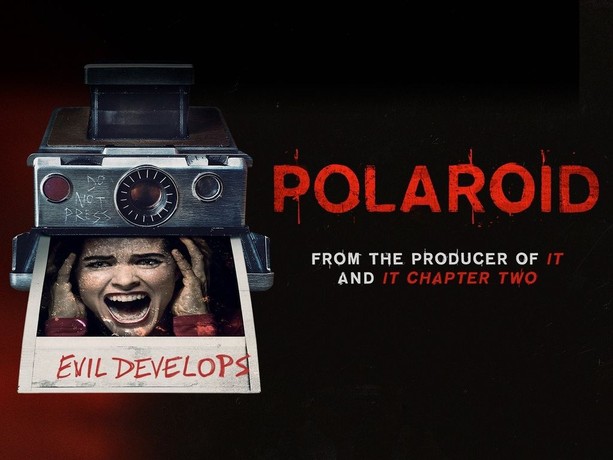
Polaroid (2019) is a supernatural horror film directed by Lars Klevberg, based on his short film of the same name. The story revolves around a cursed Polaroid camera that spells doom for anyone who is photographed with it. With a blend of jump scares, mystery, and atmospheric horror, the movie draws inspiration from similar supernatural horror premises but adds its unique twist with the haunted object concept.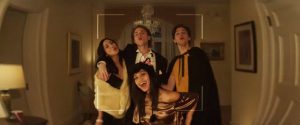
Plot Summary
The protagonist, Bird Fitcher (Kathryn Prescott), is a shy high school student who works at an antique shop. One day, she stumbles upon an old Polaroid camera and decides to take it home. Unaware of its dark history, she begins using the camera, only to realize that everyone she photographs meets a gruesome fate soon after. As her friends start to die one by one, Bird teams up with her classmates to uncover the camera’s origins and break the deadly curse before it’s too late.
Bird’s investigation leads her to disturbing revelations about the camera’s history, which involves a tragic past and an evil spirit tied to its lens. With time running out and the haunting intensifying, Bird must confront her fears and take drastic steps to stop the curse.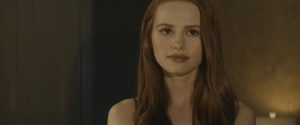
Themes
Polaroid explores themes of grief, guilt, and redemption, as characters struggle to reconcile with past traumas while battling an external, supernatural threat. The concept of photography, capturing memories and freezing moments in time, is reimagined as a dangerous act that seals one’s fate.
Performances
Kathryn Prescott delivers a convincing performance as Bird, portraying vulnerability mixed with determination. Her character development is central to the plot, as she transitions from a shy introvert to someone who must confront her fears head-on. Supporting actors bring a believable teenage dynamic to the film, though the script occasionally leans on horror tropes that may feel familiar to genre enthusiasts.
Cinematography and Direction
Director Lars Klevberg creates a moody atmosphere with dim lighting, shadowed interiors, and tight framing, which enhances the tension and sense of claustrophobia. The visuals effectively capture the eerie feeling surrounding the Polaroid camera, emphasizing the unease that grows as the story unfolds. Klevberg’s direction, though adhering to conventional horror formulas, effectively builds suspense and delivers several well-executed jump scares.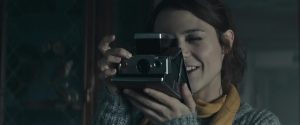
Special Effects and Horror Elements
The film’s horror primarily hinges on the eerie manifestations that accompany the camera’s curse. The spirit haunting the camera appears as a shadowy, distorted figure that lurks in the background, creating unsettling imagery that builds tension. The visual effects are relatively minimalistic, focusing more on atmosphere than overt gore, which suits the film’s tone as a supernatural thriller rather than a slasher.
Critical Reception
Polaroid received mixed reviews from critics and audiences. While some appreciated its concept and suspenseful moments, others felt the storyline was derivative, resembling other cursed-object horror films like The Ring. The film’s reliance on familiar horror tropes drew criticism, though its solid cinematography and atmospheric direction were praised.
Conclusion
Polaroid is an intriguing horror film with a unique cursed-object premise. Though it doesn’t break new ground in the genre, it offers enough suspense and chills to keep viewers engaged. With a competent lead performance and a well-crafted atmosphere, the movie is worth a watch for horror fans who enjoy supernatural mysteries tied to haunted objects.


